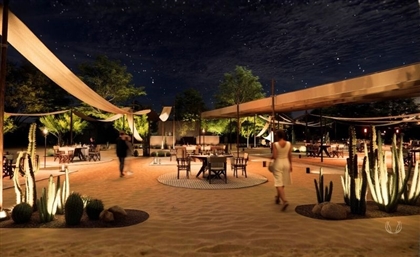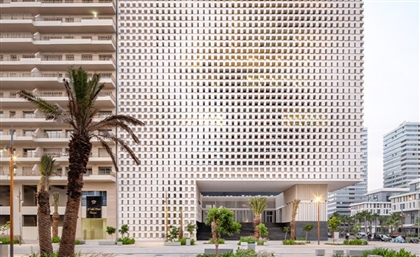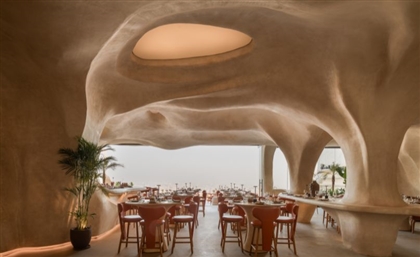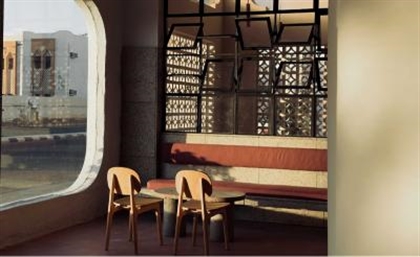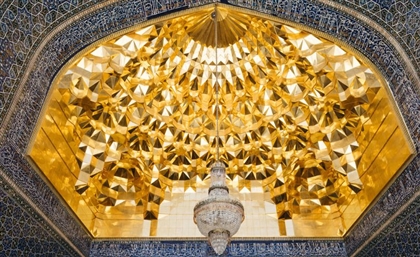Palais Toussoun: An Abandoned Royal Residence in Rod El Farag
The hauntingly beautiful house was once home to Prince Omar Toussoun, who was also a published writer and an esteemed archeologist.
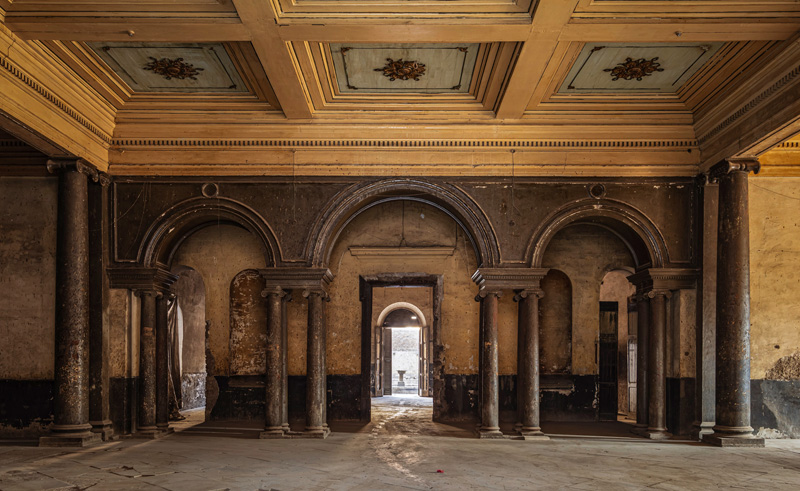
Eerie, enticing and escapist, photographs of abandoned buildings allow us to see what we otherwise wouldn’t, offering a glimpse into a fascinating past overshadowed by neglect and misfortune. Whereas many such buildings almost always face the same fate - namely, demolition - there’s still hope for Prince Omar Toussoun’s palace in Rod El Farag.
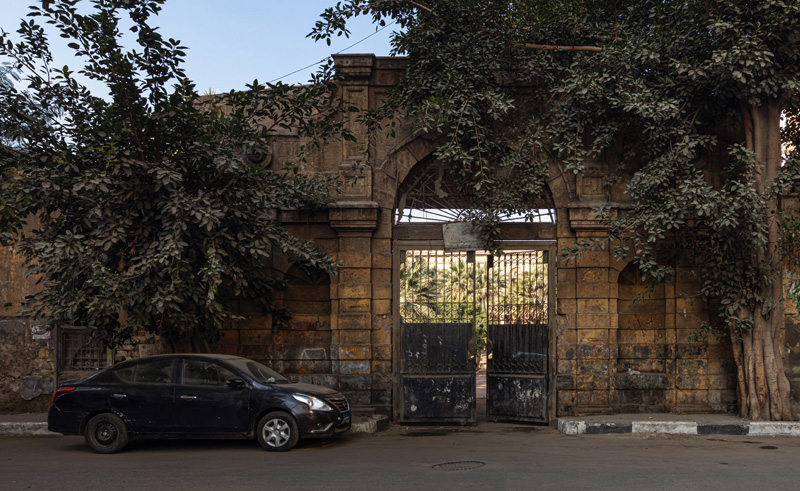 Despite almost burning to the ground in the 1970s, the uninhabited palace still stands in Shubra as one of the few remaining relics of its posh past under the rule of Mohammed Ali Pasha. Walls which were once covered in ornate decorations are scorched with haphazard vandalism and the once great, grand salons echo with their owner’s forgotten stories.
Despite almost burning to the ground in the 1970s, the uninhabited palace still stands in Shubra as one of the few remaining relics of its posh past under the rule of Mohammed Ali Pasha. Walls which were once covered in ornate decorations are scorched with haphazard vandalism and the once great, grand salons echo with their owner’s forgotten stories.
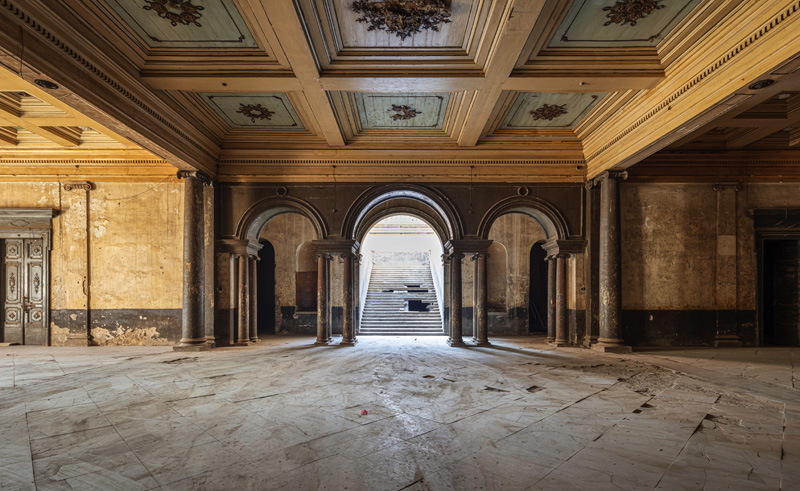 Aside from holding numerous accolades, such as being the first president of the Egyptian Olympic Committee, introducing the Scout Movement to Egypt in 1914 and being the first to suggest sending an Egyptian delegation to demand independence at the Versailles conference, Prince Omar Toussoun was a published writer spanning many fields from geography to literature, and an esteemed archeologist with a complete collection at the Graeco-Roman Museum.
Aside from holding numerous accolades, such as being the first president of the Egyptian Olympic Committee, introducing the Scout Movement to Egypt in 1914 and being the first to suggest sending an Egyptian delegation to demand independence at the Versailles conference, Prince Omar Toussoun was a published writer spanning many fields from geography to literature, and an esteemed archeologist with a complete collection at the Graeco-Roman Museum.
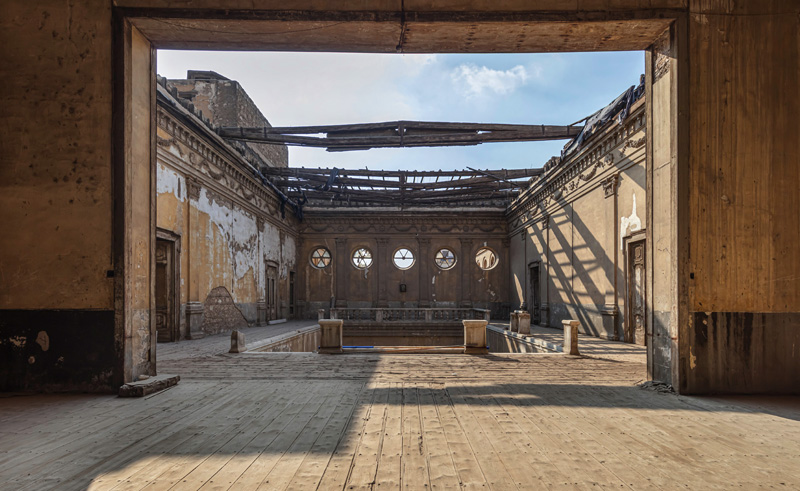 The palace was built in 1892 with the intention of serving as a cultural centre. Toussoun was keen on sharing his fascination for history, arts and geography with the world around him. Spanning 3,200 sqm, it was made up of two almost identical floors and a basement.
The palace was built in 1892 with the intention of serving as a cultural centre. Toussoun was keen on sharing his fascination for history, arts and geography with the world around him. Spanning 3,200 sqm, it was made up of two almost identical floors and a basement.
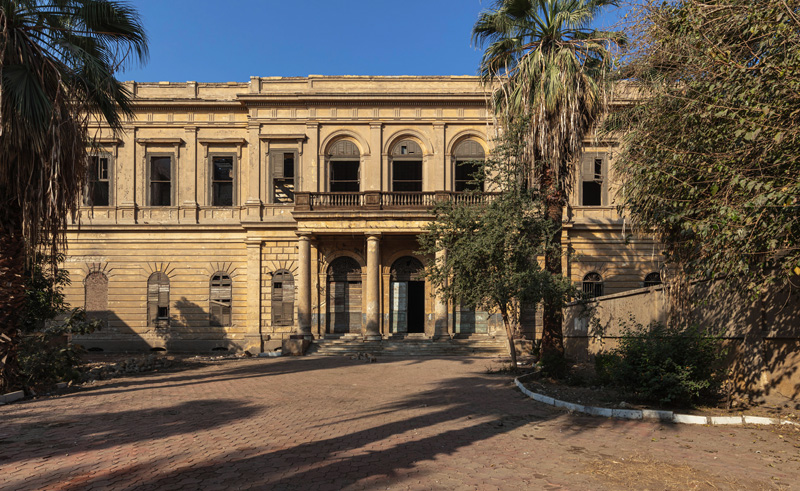 Each floor features a grand salon that opens up to four wings, with halls, rooms, foyers and alleyways. The palace was covered with an ornate flat roof, as different rooms range from coffered to flat ceilings each with its distinctive decorations, such as emblems or floral illustrations.
Each floor features a grand salon that opens up to four wings, with halls, rooms, foyers and alleyways. The palace was covered with an ornate flat roof, as different rooms range from coffered to flat ceilings each with its distinctive decorations, such as emblems or floral illustrations.
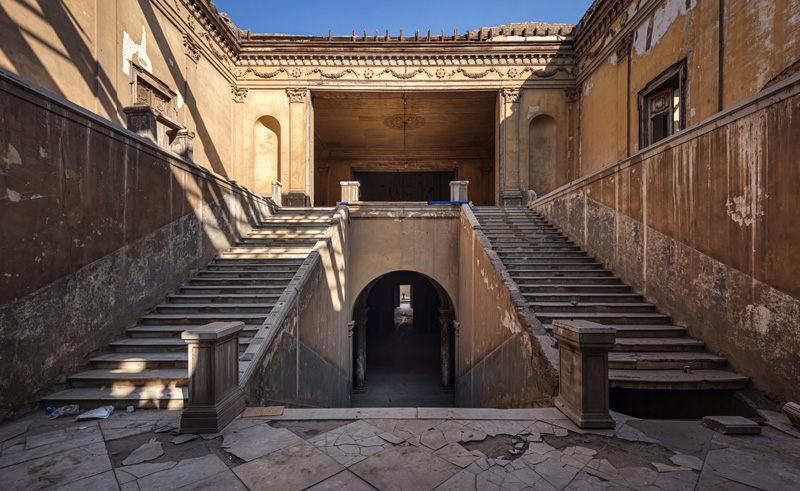 Over time, the palace was neglected. None of its precious decorations documenting its original state remained, except for the oil paintings and silver accessories that had been transported out before it was turned into a school. Shoubra Secondary School was set up within the palace, and with that, whatever was left from its style disappeared.
Over time, the palace was neglected. None of its precious decorations documenting its original state remained, except for the oil paintings and silver accessories that had been transported out before it was turned into a school. Shoubra Secondary School was set up within the palace, and with that, whatever was left from its style disappeared.
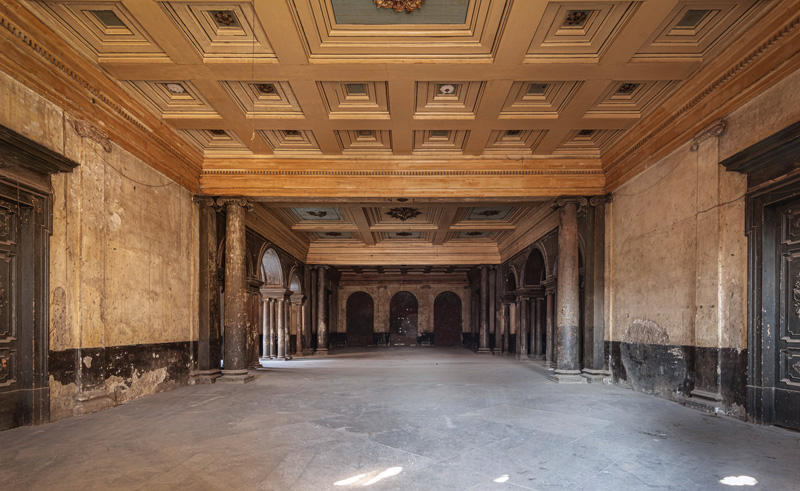 With most of its walls being made of broad wood, it stood little chance when in the mid-1970s a major fire burned through the palace, destroying a number of its roofs and causing significant structural damage. It still remained a school until it was evacuated following its registration as a monument in 1984.
With most of its walls being made of broad wood, it stood little chance when in the mid-1970s a major fire burned through the palace, destroying a number of its roofs and causing significant structural damage. It still remained a school until it was evacuated following its registration as a monument in 1984.
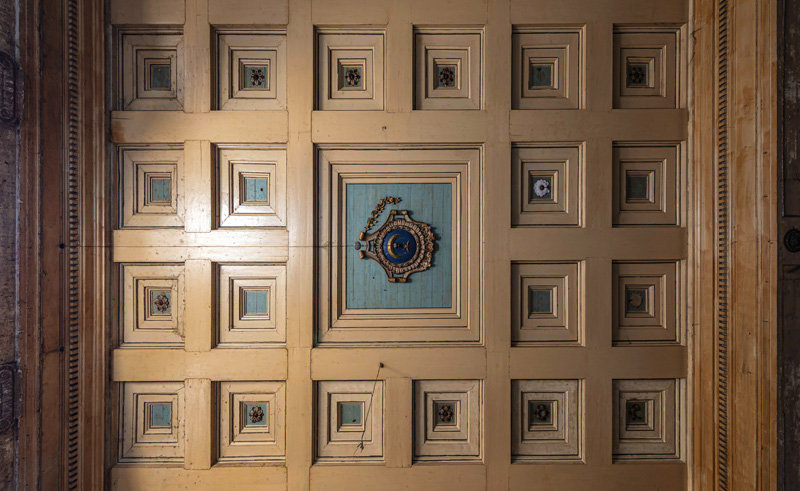 Throughout its lifespan the palace underwent multiple restoration projects, although none of them were completed. More recently, a 3D laser scanning project aimed to document its interiors. The palace is also currently undergoing restoration by Waha Construction, however, details about the project remain undisclosed.
Throughout its lifespan the palace underwent multiple restoration projects, although none of them were completed. More recently, a 3D laser scanning project aimed to document its interiors. The palace is also currently undergoing restoration by Waha Construction, however, details about the project remain undisclosed.
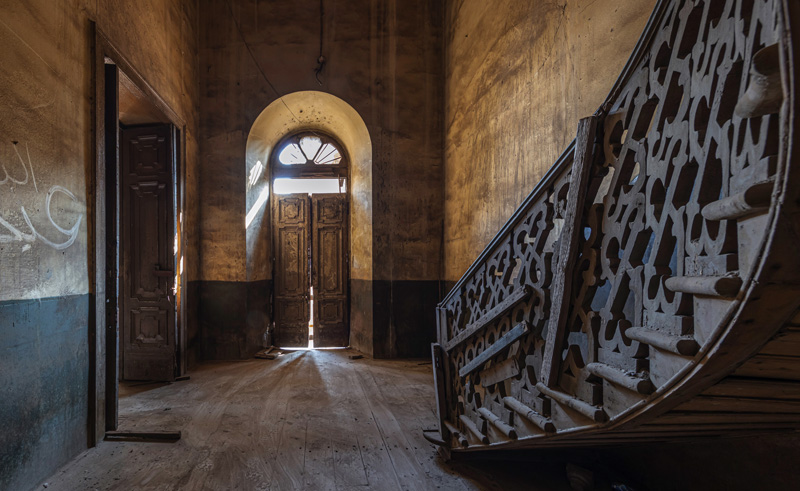 Essam Arafa, who produced these captivating photographs of the palace, recalls being entranced by its haunting beauty. If you’d think bats would be flying throughout its corridors you’d be absolutely correct. It’s bittersweet to know that the same corridors were paced by a prince who managed to find a statue of Alexander the Great through the help of fishermen and divers in Alexandria.
Essam Arafa, who produced these captivating photographs of the palace, recalls being entranced by its haunting beauty. If you’d think bats would be flying throughout its corridors you’d be absolutely correct. It’s bittersweet to know that the same corridors were paced by a prince who managed to find a statue of Alexander the Great through the help of fishermen and divers in Alexandria.
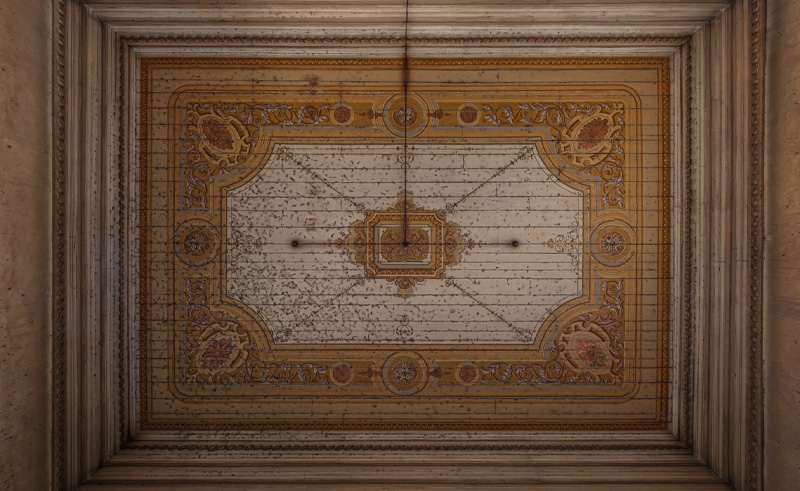 While greenery and flowers live on in the palace’s gardens, such is the resilience of nature, there’s still hope that the palace lives on.
While greenery and flowers live on in the palace’s gardens, such is the resilience of nature, there’s still hope that the palace lives on.
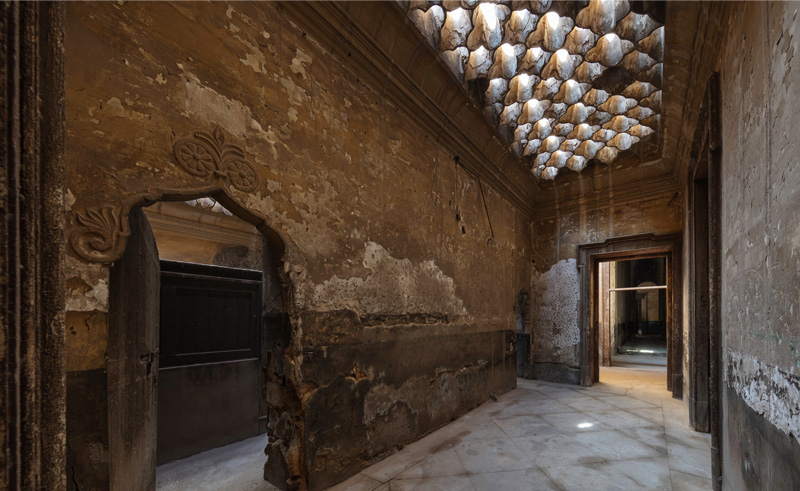 Photography Credit: Essam Arafa.
Photography Credit: Essam Arafa.
- Previous Article The Enduring Charm of Jeddah’s Old Town of Al Balad
- Next Article Egyptian Embassies Around the World
Trending This Month
-
Jan 10, 2026




